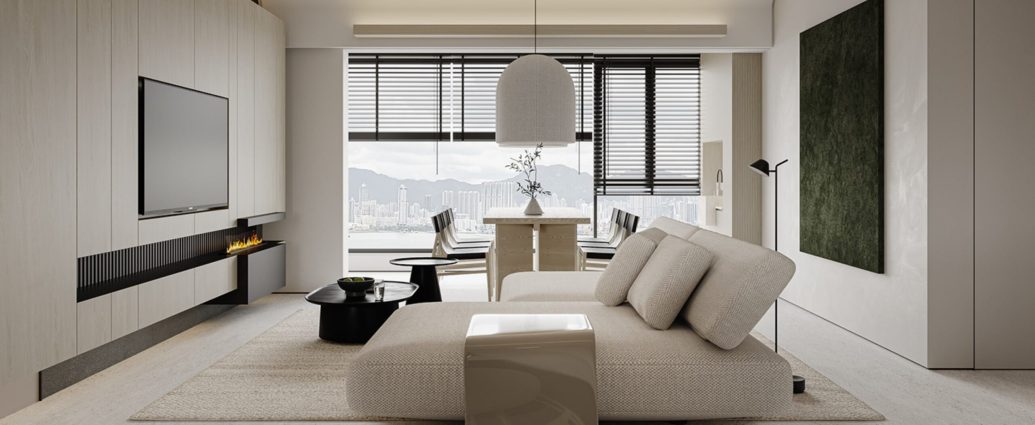Designing a home bunk room can be an exciting yet challenging task. The primary function of a bunk room is to provide a comfortable sleeping space for multiple people, usually children. However, it should also offer some degree of privacy and personal space for each occupant. Here are some tips on how to design an effective and attractive home bunk room.
Firstly, the size and layout of the room will dictate many of your design decisions. A small rectangular room might only fit two bunks along one wall, while a larger square or L-shaped room could accommodate more beds or even separate areas for dressing and studying. Consider who will use the space – if it’s primarily for young children then safety rails on upper bunks are essential; if it’s mainly for teenagers or adults then you’ll need more headroom between bunks.
Next, think about storage options. Each occupant should have somewhere to stow their belongings – this could be under-bed drawers, lockers at the end of each bed or shelves built into the walls around each bunk. If possible, try to incorporate individual reading lights into your design too as they allow occupants to read without disturbing others in the same space.
Choosing materials for your bunk beds is another important consideration when designing a home bunk room. Solid wood is sturdy and durable but can be expensive; metal frames are cheaper but may not provide as much comfort or warmth; while composite materials like MDF can offer good value for money with plenty of color options.
When it comes to decorating your home bunk room, consider using colors that complement other rooms in your house while also reflecting the tastes of those who’ll be sleeping there most often – whether that’s bright primary colors for little ones or calming neutrals for older guests.
Finally remember that although functionality is key in any bedroom design scheme, you should also aim to create an inviting environment where people want to spend time relaxing as well as sleeping. Use soft furnishings like cushions and throws to add texture and warmth, include some personal touches like family photos or favorite books, and consider ways to bring in natural light – perhaps with a skylight or large window that also offers views of the garden or surrounding landscape.
Designing a home bunk room can be a fun project that allows you to get creative with space-saving solutions while also creating a cozy retreat for your loved ones. With careful planning and thoughtful design choices, you can create an attractive, practical space that meets everyone’s needs.


